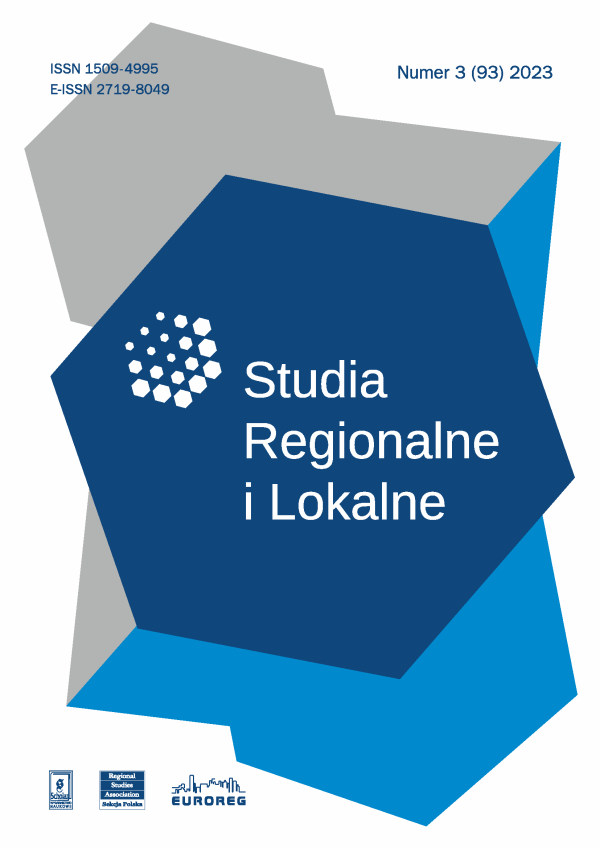Issue:
3(93)2023
Liudmyla Bezuhla, Mariia Bieloborodova, Liudmyla Bondarenko, Tetiana Herasymenko
Recreation Areas Optimisation and Nature Exploitation in Urban Ecosystems
DOI: 10.7366/1509499539304
Recreation Areas Optimisation and Nature Exploitation in Urban Ecosystems
It has been substantiated that the increase in the concentration of heavy metals in the environment has especially aggravated in the conditions of military operations on the territory of Ukraine. The use of woody plants for the purposes of phytoremediation is one of the most effective options for optimising the state of the environment in urban ecosystems, regardless of the nature and source of contamination by metallic elements, which is of significant relevance in the conditions of post-war environmental restoration of Ukraine. The purpose of the study is to explore the peculiarities of some heavy metals accumulation by the assimilation apparatuses of the black locust (Robinia pseudoacacia L.) plants growing in the recreational areas of the city of Dnipro in order to further optimise tree plantings with the aim of improving the environment. The content of heavy metal elements (Cu, Zn, Pb, and Cd) in the biomass of the Robinia pseudoacacia L. leaves and in the soils of Dnipro recreation areas has been determined. The intensity of the accumulation of heavy metals in the phytomass of the Robinia pseudoacacia L. represents the following sequence Zn > Cu > Pb > Cd, which demonstrates a more intense absorption and accumulation in the phytomass of the leafy fraction of Zn and Cu in the phytomass of the deciduous fraction, and less significant of Pb and Cd. With the help of geo-information systems, cartographic material has been developed. It demonstrates the concentration gradient of Pb, Cu, Cd, and Zn in the assimilation organs of the black locust plants in the city of Dnipro recreational areas. Based on the cartographic analysis, it has been proved that the general condition of the soils in the recreation areas of Dnipro is characterised by significant disproportions in the level of pollution. The maps show the existing potential of the accumulative capacity of Robinia pseudoacacia L. to deposit Pb, Cu, Cd, and Zn, which allows for additional city functional zoning by considering phytoremediation functions of the existing and planned green spaces.
Affiliation:
Liudmyla Bezuhla: Dnipro University of Technology, Tourism and Enterprise Economics Department, Dmytro Yavornytskyi Av 19, Dnipro 49005, Ukraine; ORCID: 0000-0002-6520-4325;
bezuhla.l.s@nmu.one Mariia Bieloborodova: Dnipro University of Technology, Tourism and Enterprise Economics Department, Dmytro Yavornytskyi Av 19, Dnipro 49005, Ukraine; ORCID: 0000-0001-8329-7679;
bieloborodova.m.v@nmu.one Liudmyla Bondarenko: Dnipro University of Technology, Tourism and Enterprise Economics Department, Dmytro Yavornytskyi Av 19, Dnipro 49005, Ukraine; ORCID: 0000-0003-4904-7435;
bondarenko.l.a@nmu.one Tetiana Herasymenko: Dnipro University of Technology, Tourism and Enterprise Economics Department, Dmytro Yavornytskyi Av 19, Dnipro 49005, Ukraine; ORCID: 0000-0002-5437-437X;
herasymenko.t.v@nmu.one 


